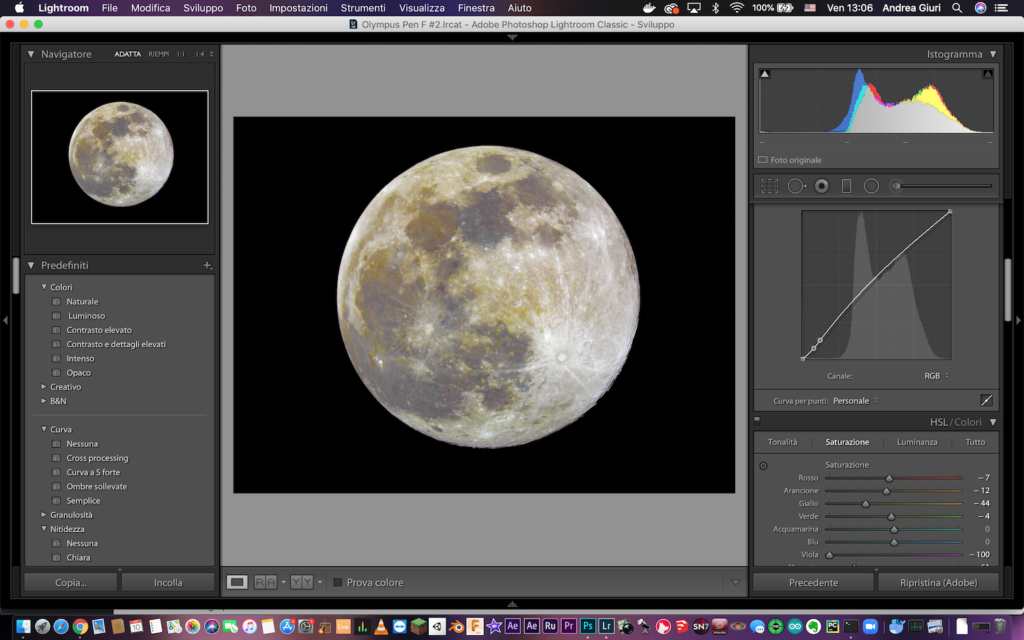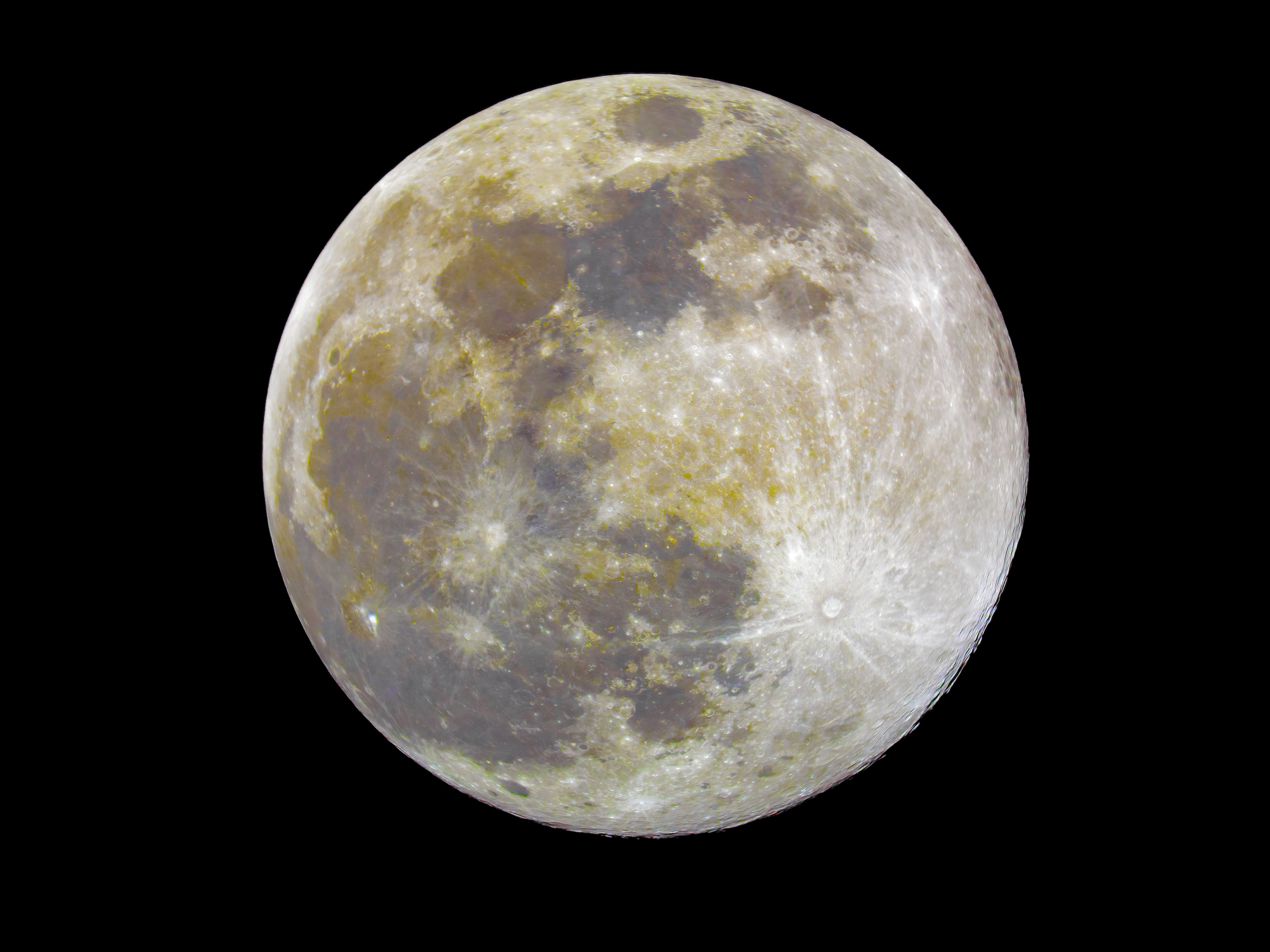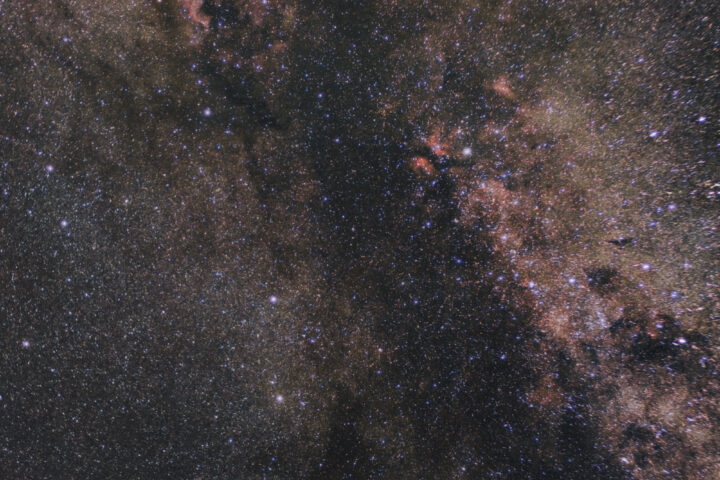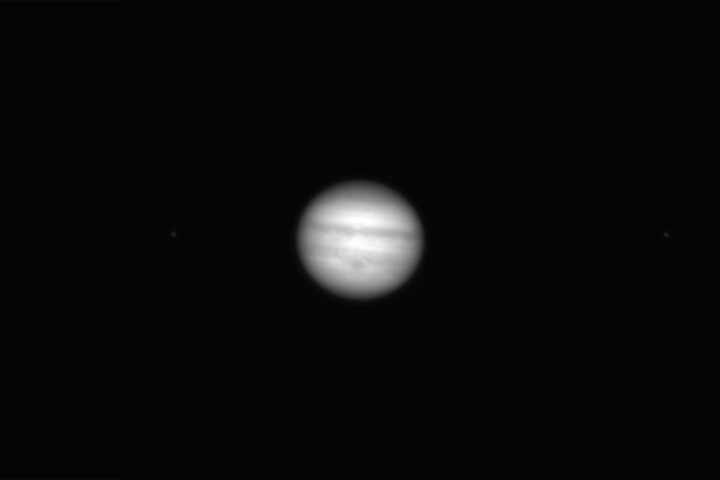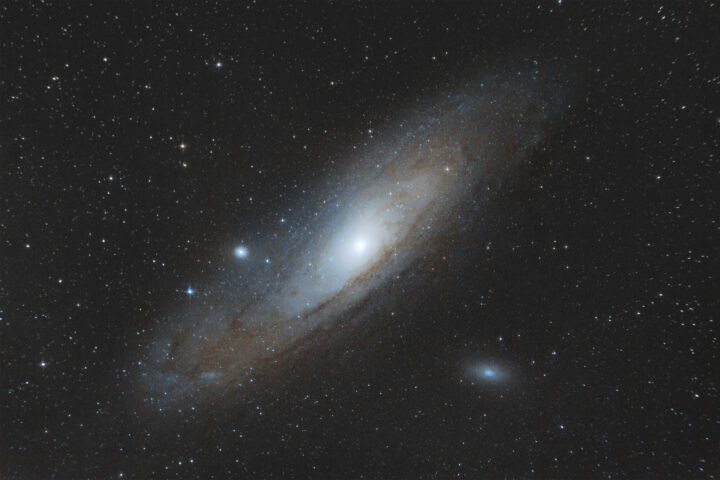On the seventh of April, the Moon was at its closest position from Earth, the perigee. Our only natural satellite was also 94% illuminated, so it was the perfect time to take a photo of it and its minerals.
There are various minerals on the Moon and they can be revealed by boosting the saturation of a photo. Here is the photo I took.
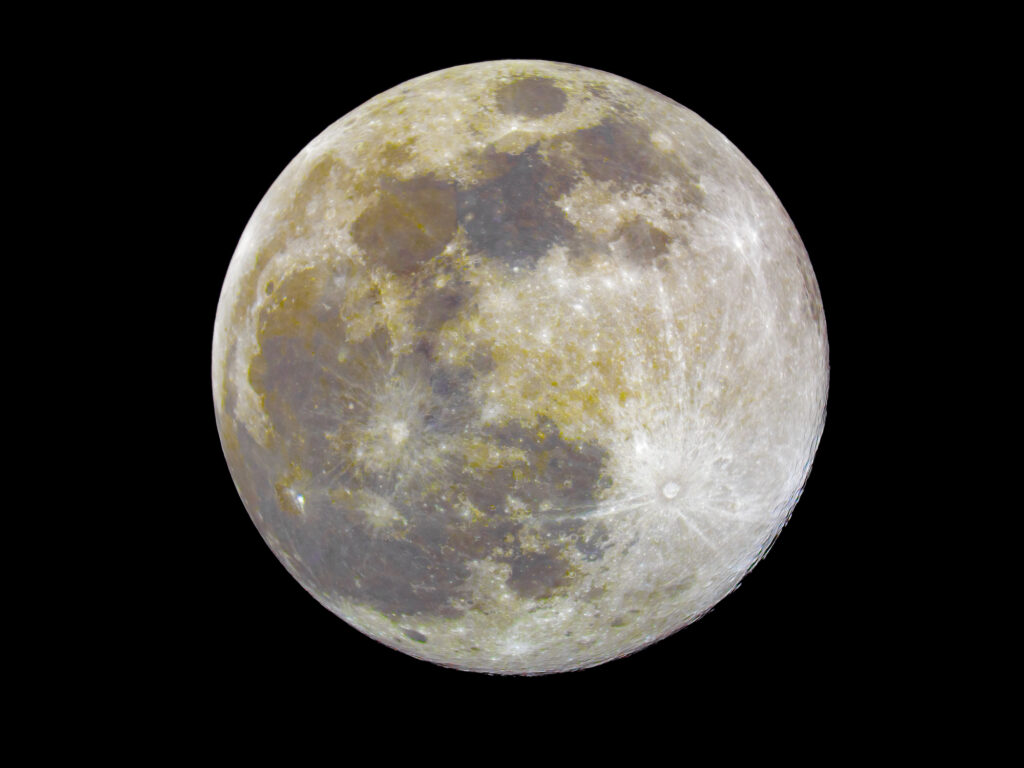
The acquisition
The Moon was very bright that day, so the exposures were very short. With my camera/telescope combination the equivalent focal length was 2100 mm and the f stop was 8,5. I took 180 photos at ISO 200 with a shutter speed of 1/320s.
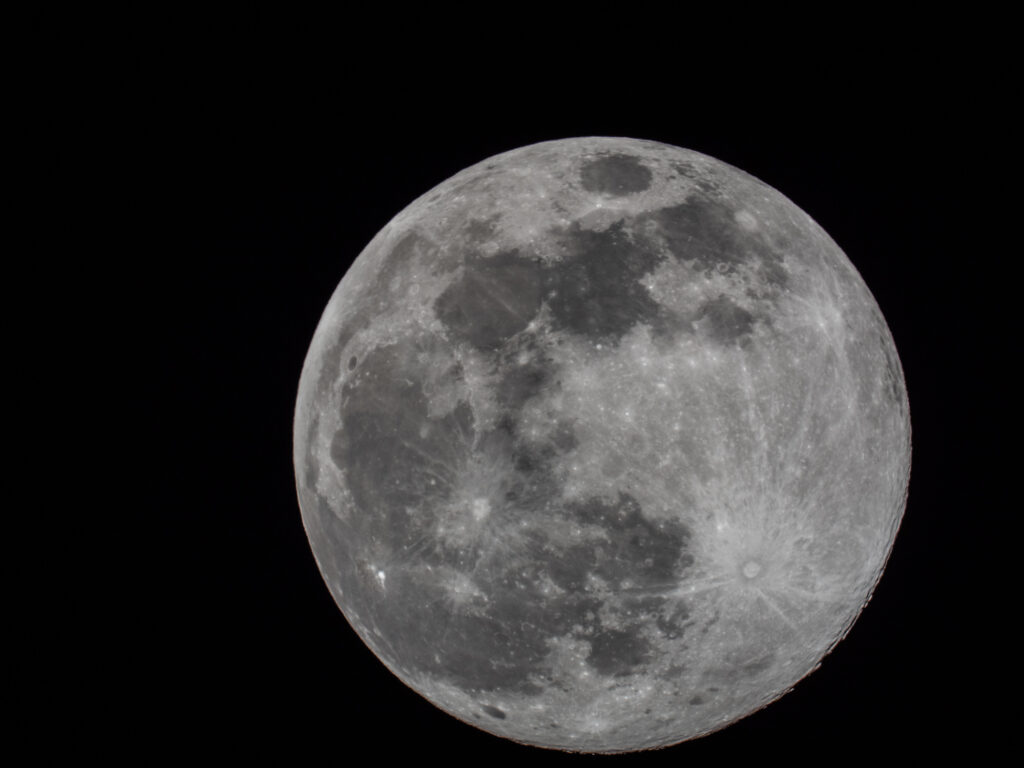
The stacking
I stacked only 90 of the photos I took because the software I use, Lynkeos, is not able to process more.
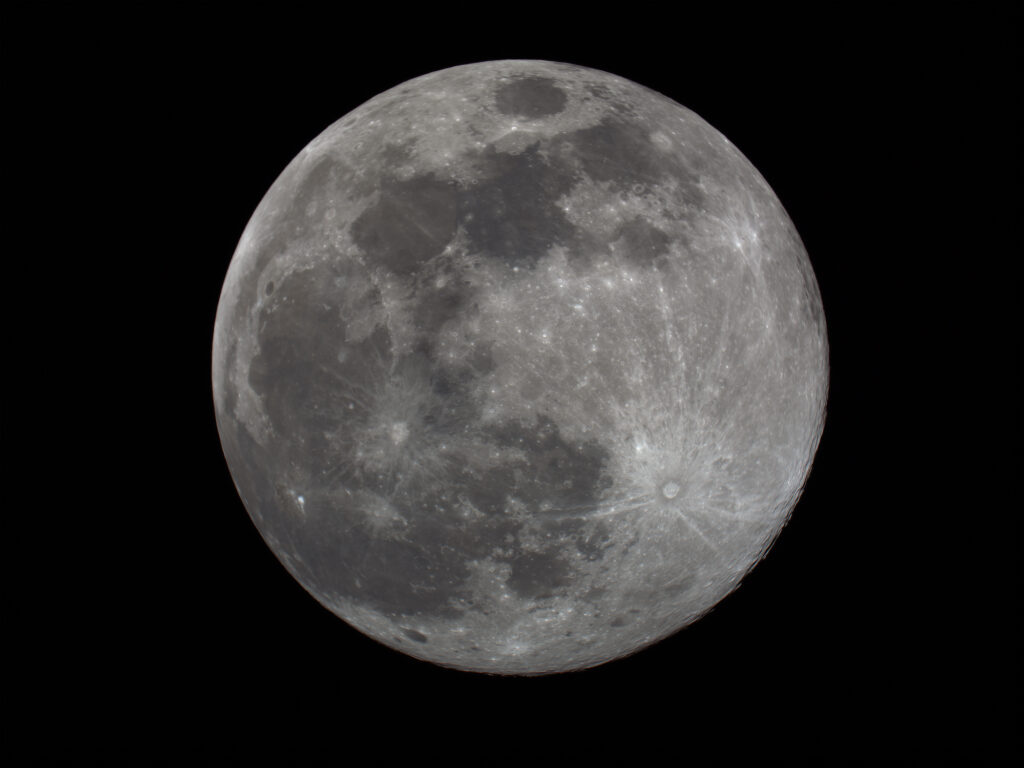
Processing in Photoshop
I first tried to boost the saturation of the stack, but I did not like how it came out. I therefore decided to use a trick: I took the color information from a single exposure with added saturation and put it on the stacked photo, which was more detailed.
To do this I opened the two images as layers. I put the stack under the colored image. I then aligned them and selected the Color blend mode on the more saturated photo.
I also added some more saturation and decreased the contrast.
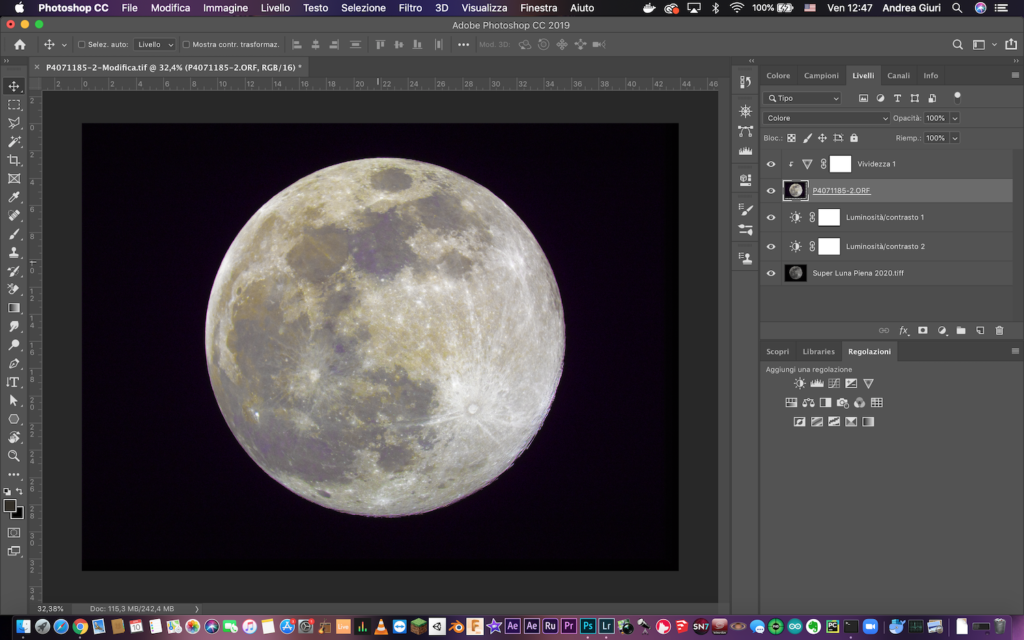
Processing in Lightroom
I noticed there was pink chromatic aberration, so I used the HSL to remove it. After that, some basic editing and the photo is ready to be exported.
